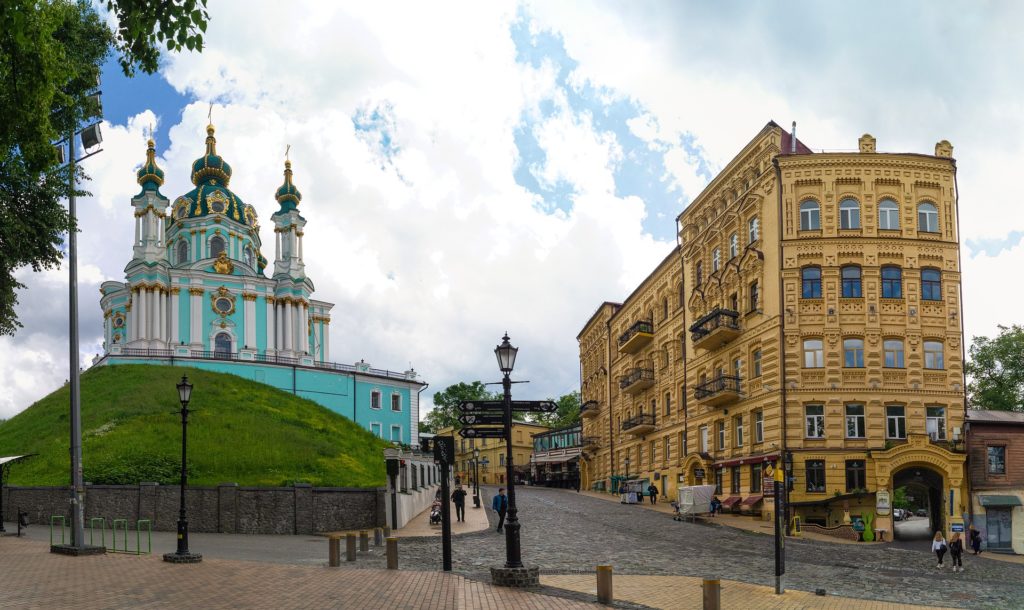KYIV
Ukraine’s central bank downgraded its forecast for economic growth this year and next as economic activity, though starting to show signs of recovery from the COVID-19 pandemic that has devastated global growth, continues to be hampered by public health restrictions and high energy costs.
The bank said it predicted 3 percent gross domestic product (GDP) growth instead of 3.8 percent projected in April and initially forecast 4.2 percent.
“This forecast is slightly lower than previously predicted due to several reasons. Poor economic results of the first half of the year, which have already been recorded. Quarantine restrictions. The high cost of energy and the shortage of goods and components world-wide due to the imposition of quarantine restrictions,” Volodymyr Lepushynskyi, Director of Monetary Policy and Economic Analysis, said on Telegram.
In July, Ukraine’s government cut its forecast for GDP growth to 4.1 percent from 4.6 percent in 2021 and to 3.8 percent from 4.3 percent in 2022. The economy grew by 6 percent year-on-year in the second quarter, reversing five consecutive quarters of negative growth linked to the imposition of restrictions owing to COVID-19.
Government officials said in March that GDP growth could reach 5.1 percent this year, adding that sustained annual growth of 1-2 percent required additional investments in the economy of at least $3 billion. In 2020, Ukraine’s economy contracted by 4.2 percent.
International economists have also predicted Ukraine’s recovery will gather pace. The World Bank raised its growth forecast for Ukraine this year to 3.8 percent and to 3.5 percent in 2022. The International Monetary Fund (IMF) projects Ukraine’s growth this year at 3.5 percent. The new figure, published in the Fund’s World Economic Outlook in October, also forecasts 3.6 percent growth for 2022.
In October, Ukraine and the IMF reached a preliminary “staff-level” agreement after months of tortuous negotiations on resuming disbursements of a standby arrangement and a new disbursement of about $700 million has been approved.

